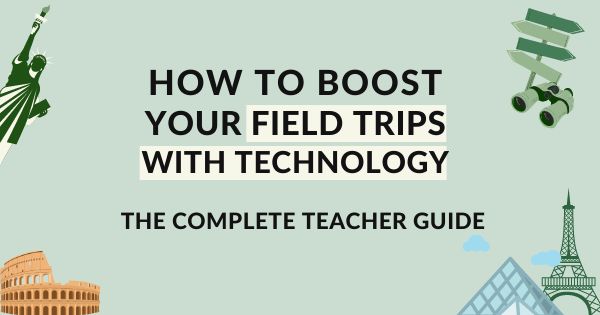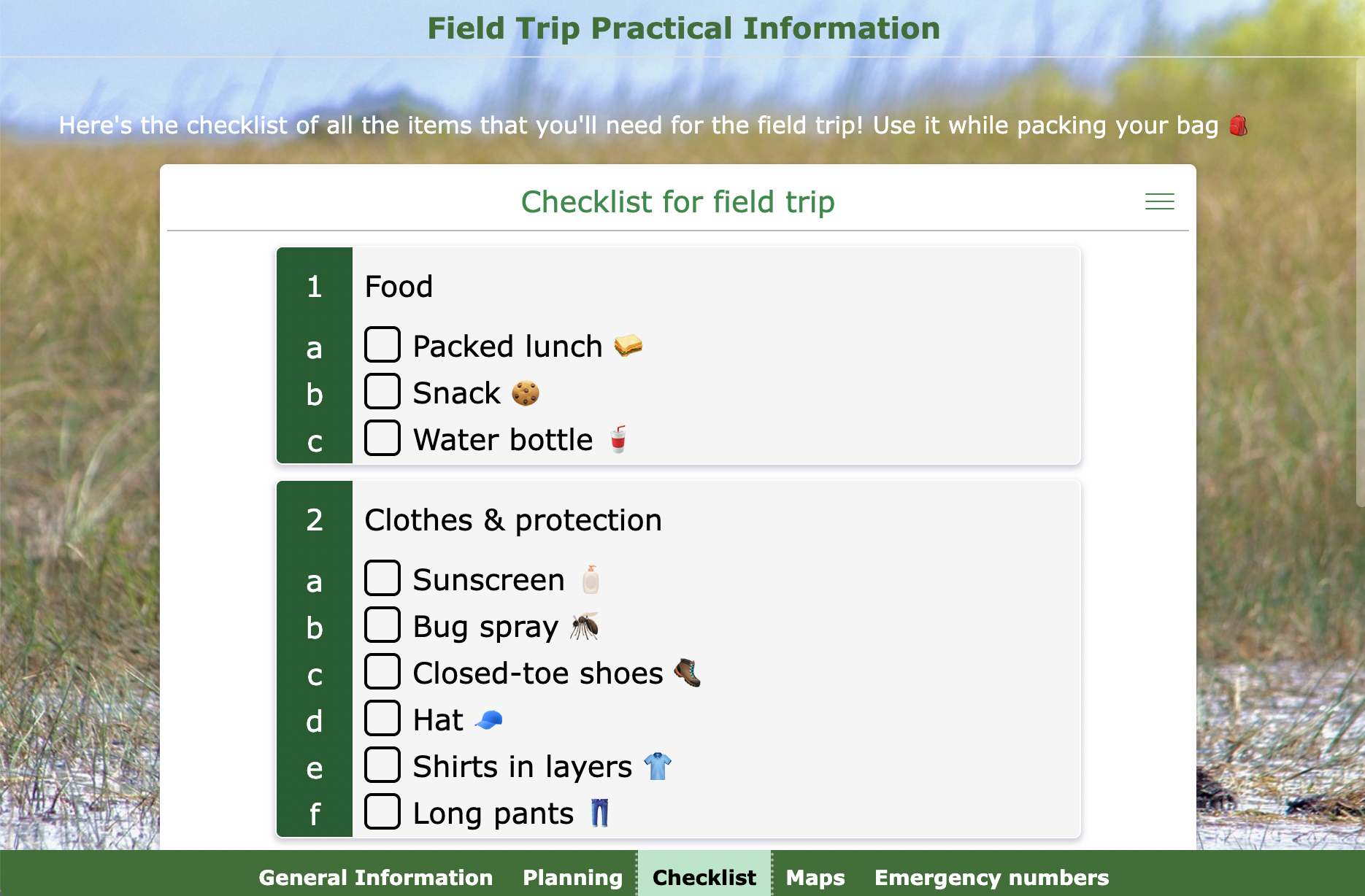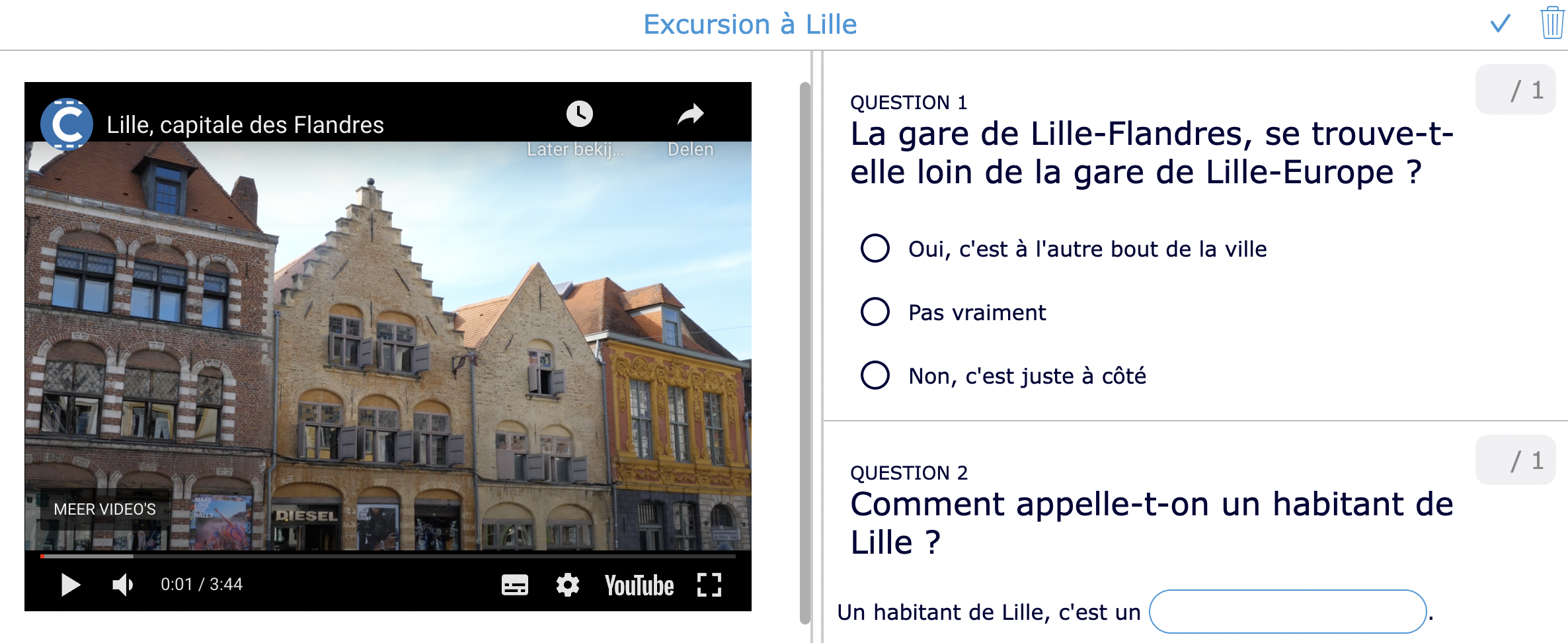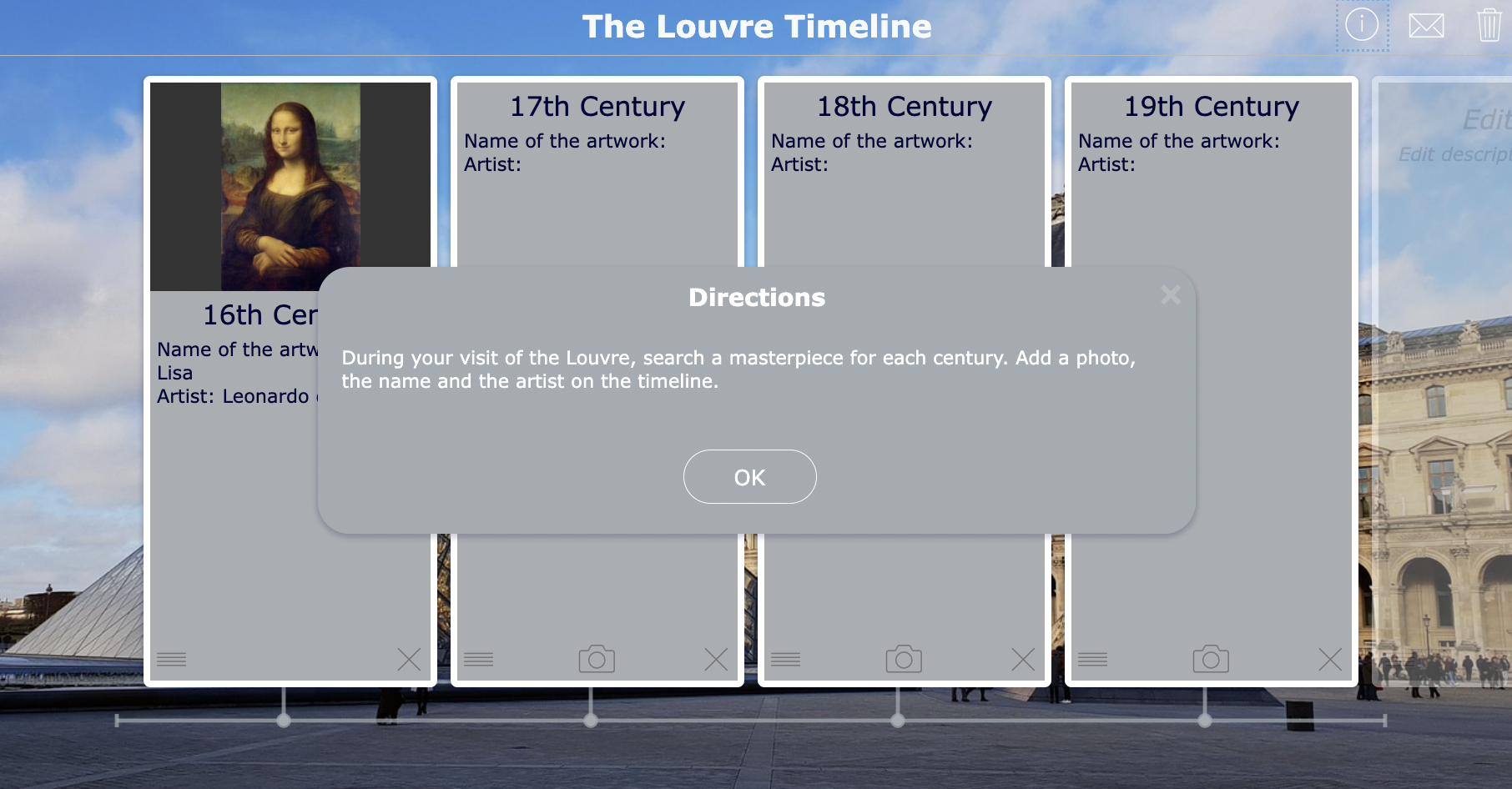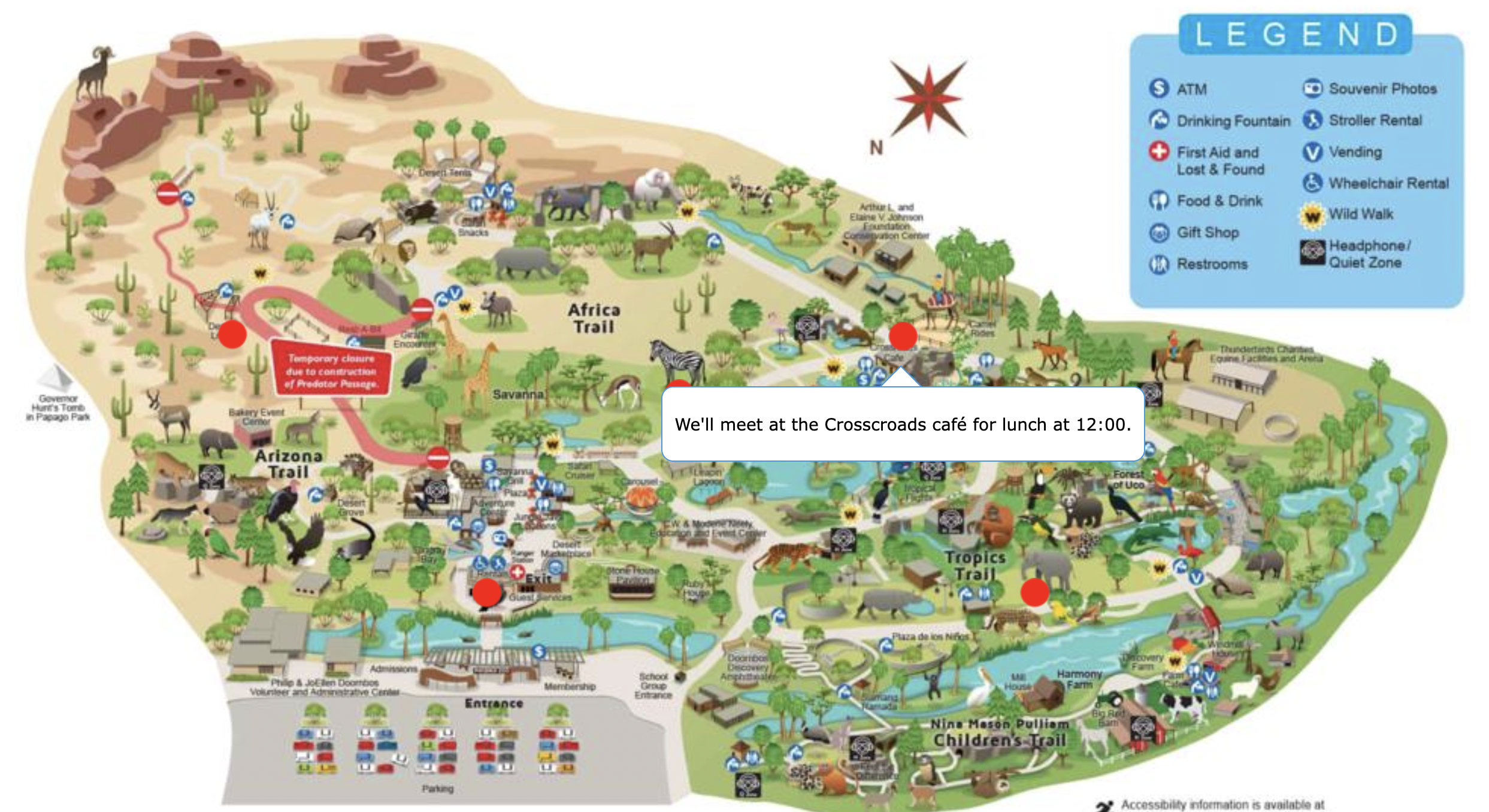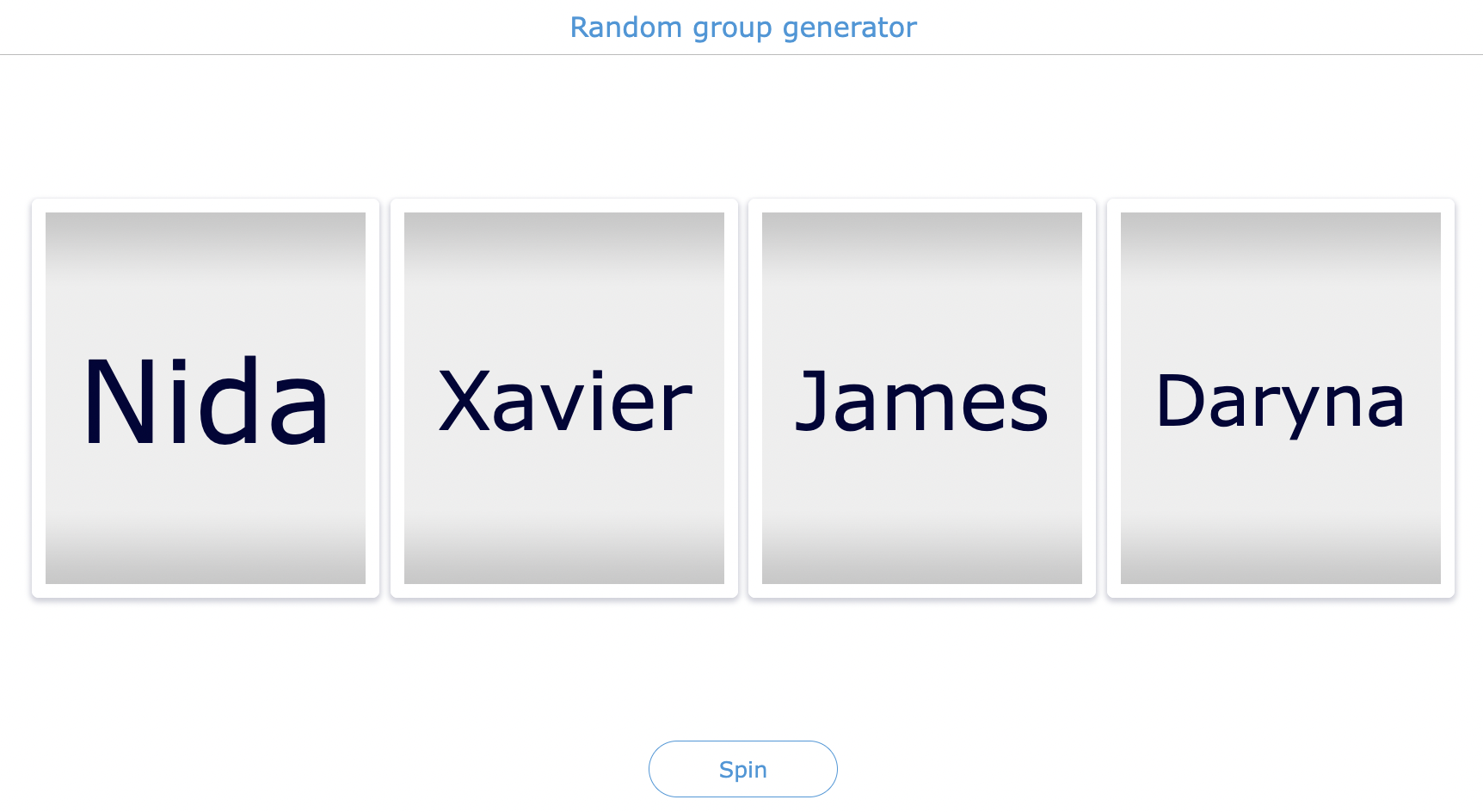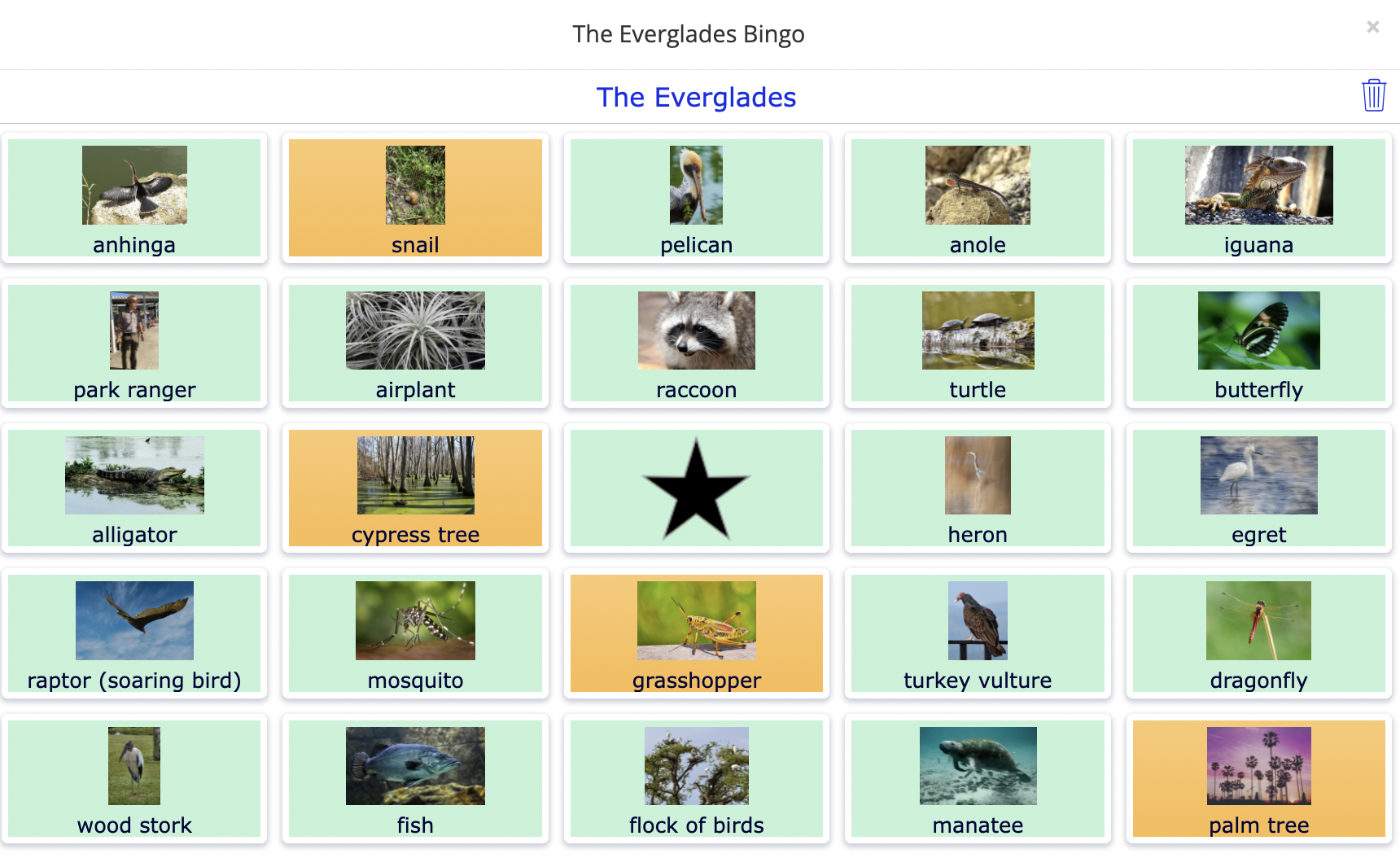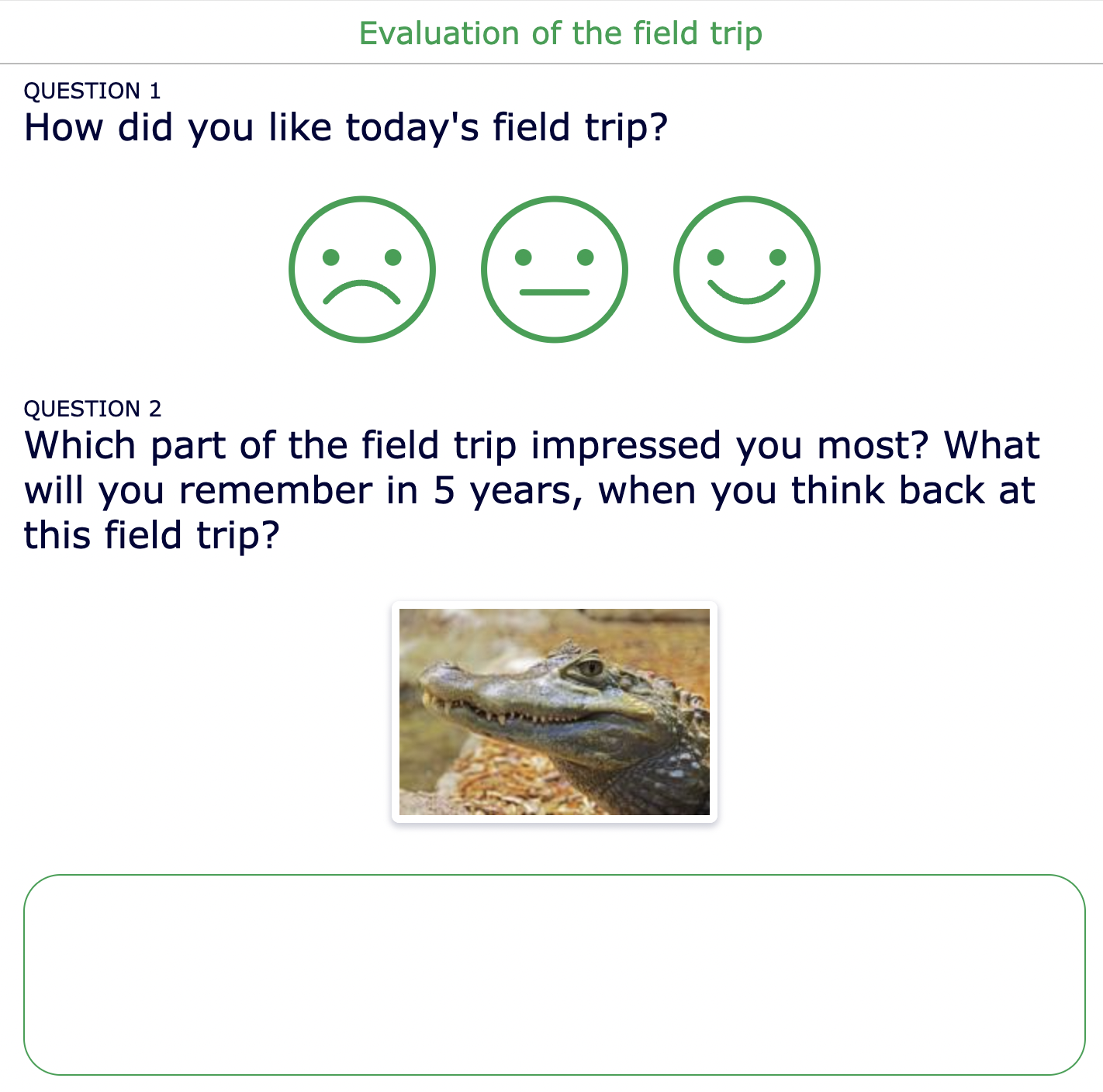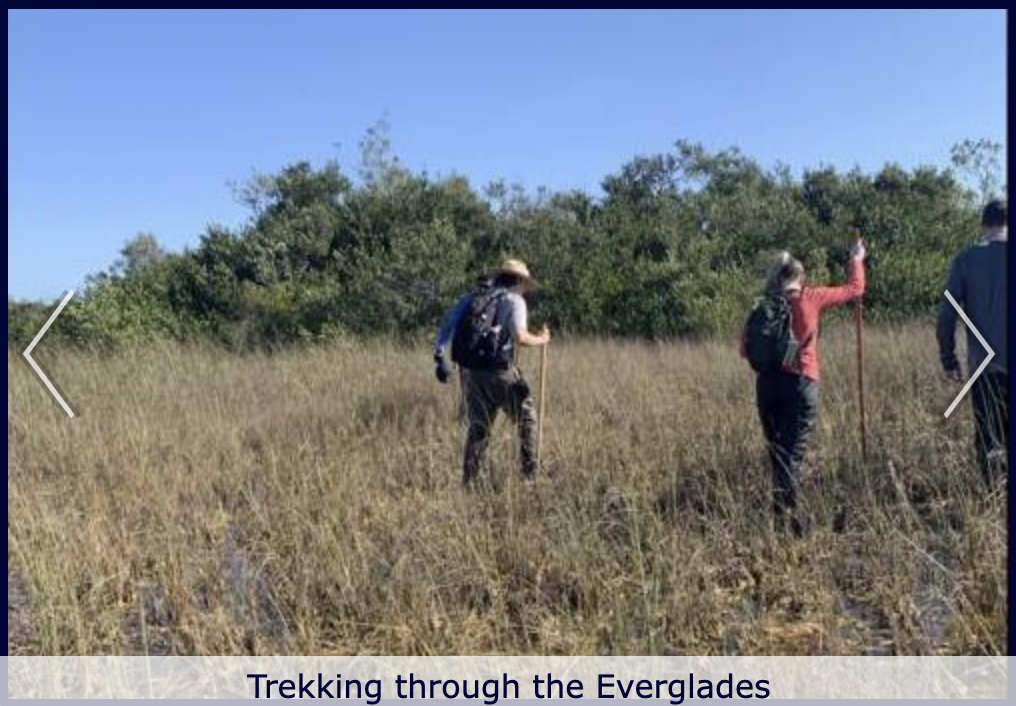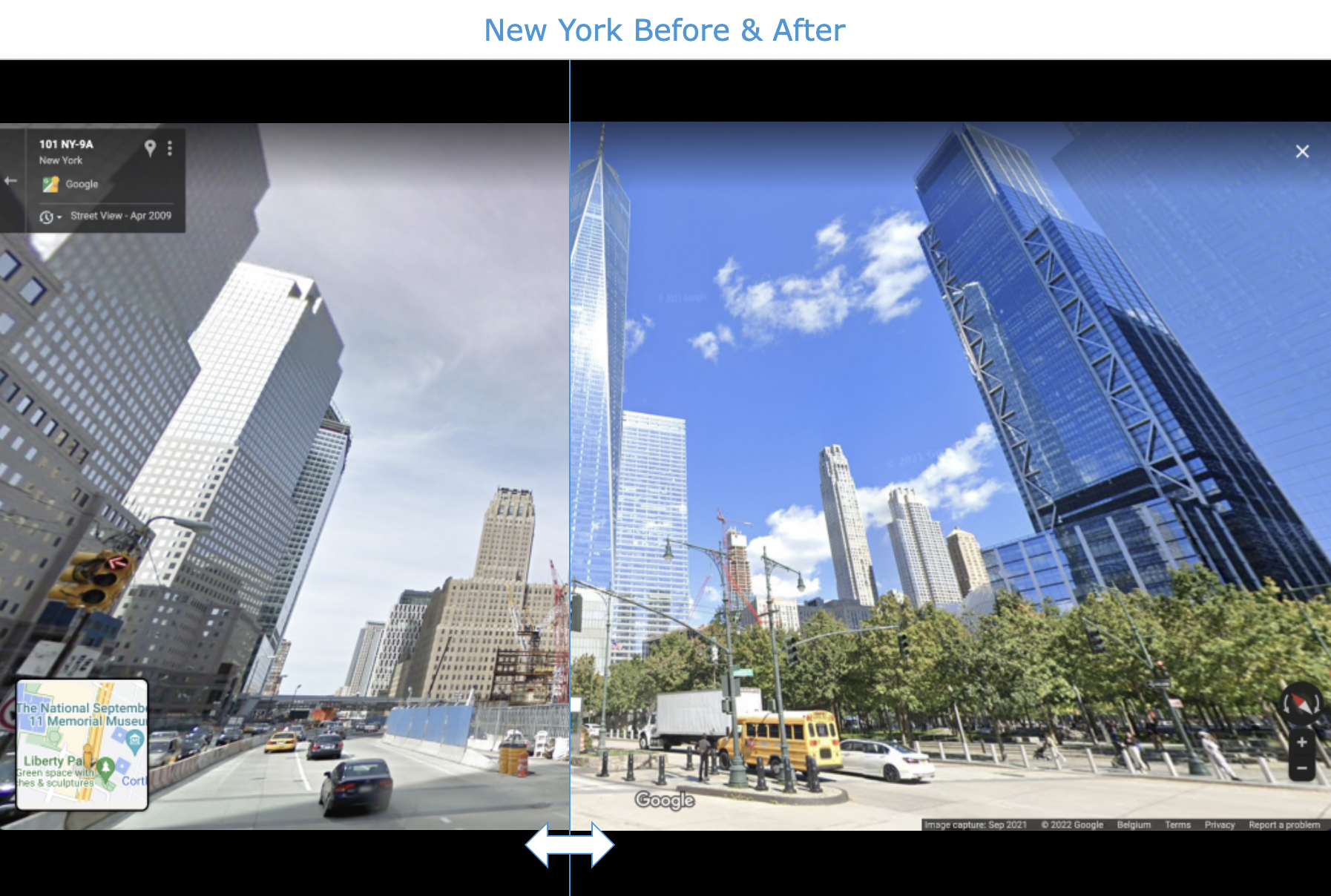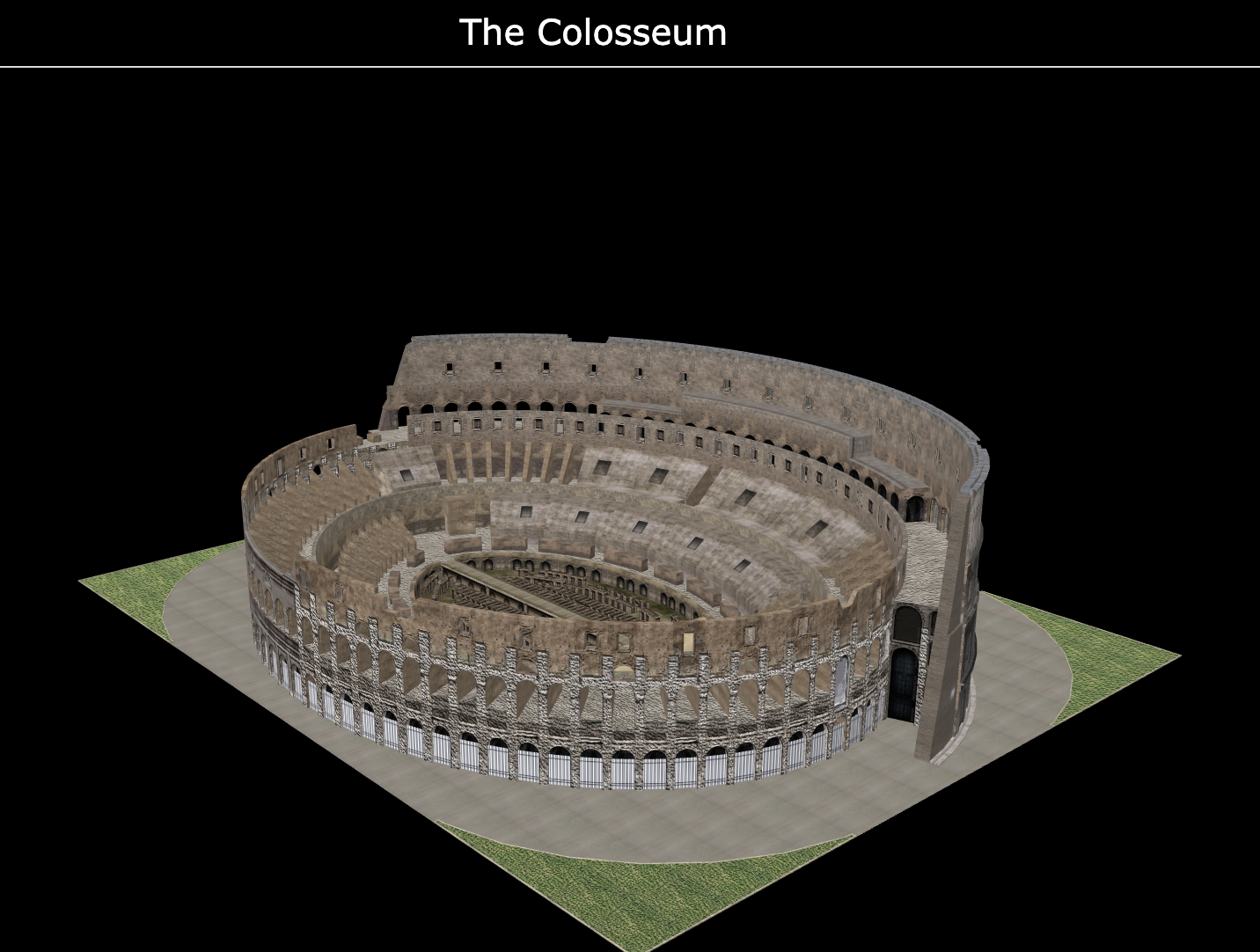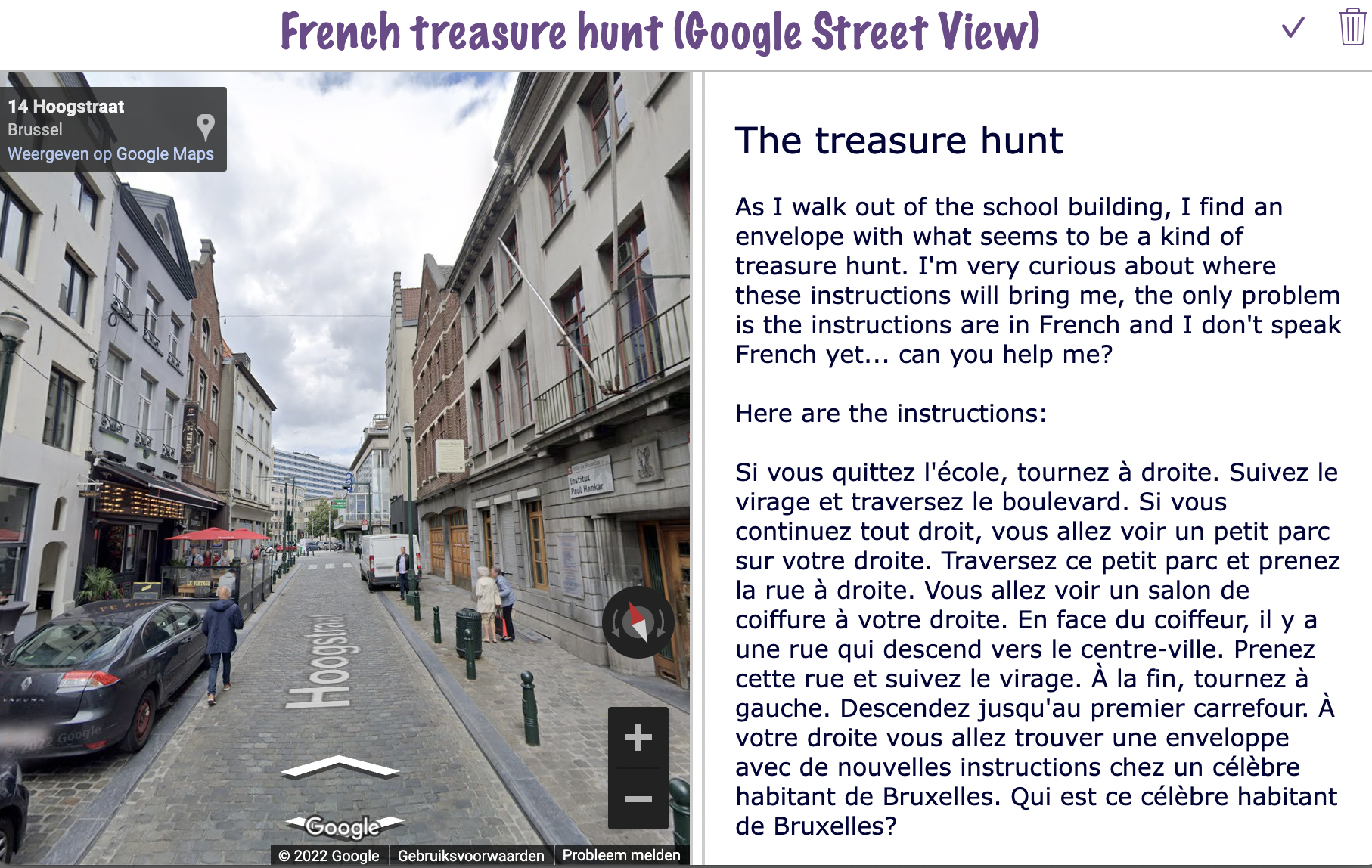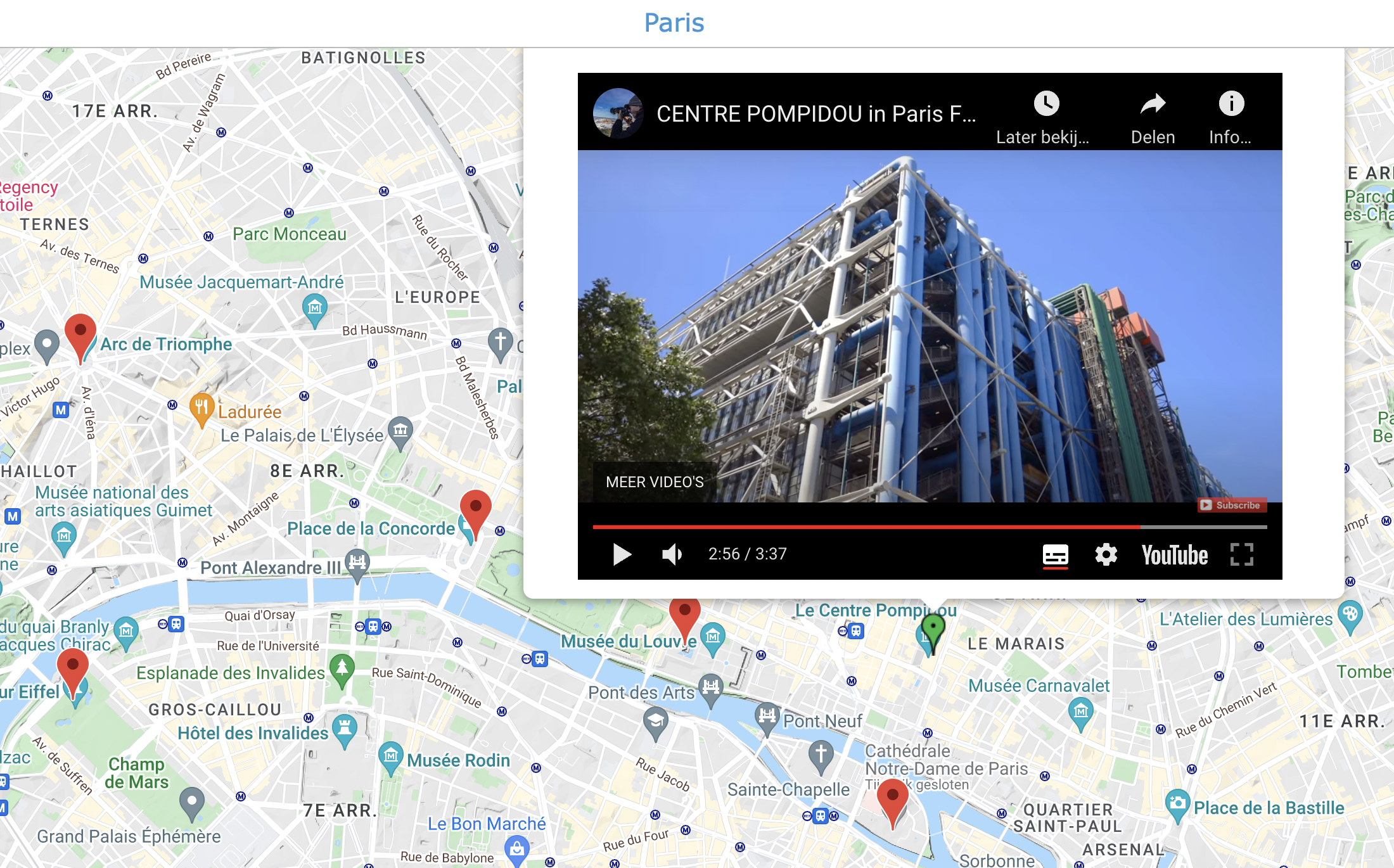How to boost your field trips with technology - The Complete Teacher Guide
 Dimitri Bongers —
Dimitri Bongers —
Taking students beyond the classroom walls is a powerful way to bring learning to life. If you’re wondering how to turn your next school field trip into a truly meaningful learning experience, you’re in the right place. In this blog post, you’ll discover how to enhance field trips using educational technology; specifically with BookWidgets.
This innovative field trip tech guide contains the following sections:
- How to prepare students for their next field trip
- How to improve the students’ learning process during the field trip
- How to continue the learning process after the field trip
- Bonus: organize virtual field trips with BookWidgets
All digital exercises are created with BookWidgets, a content creation and evaluation tool for teachers. Create a free BookWidgets account (if you don’t have one already) and duplicate the widgets, which will allow editing. All examples in this blog post can be found in this BookWidgets Blog group and are free to use.
How to prepare students for their next field trip
Communicate practical information (by using a WebQuest and a Checklist)
Organizing a school field trip comes with plenty of practical details that need to be clearly communicated to both students and parents. Even when you send home an information letter, it often gets lost before it ever reaches home. As a result, teachers are all too familiar with students arriving late, forgetting their lunch, or showing up without appropriate clothing, small issues that can quickly disrupt an otherwise well-planned field trip.
These annoying situations can easily be avoided by sharing all the practical information in a WebQuest widget. Below is an example of such a WebQuest for a field trip to Everglades National Park. Be sure to check out the handy Checklist of items students should bring on the third tab (which is an integrated Checklist Widget)!
Prepare your students by providing lesson content related to the field trip (in a Quiz, a (Split) Worksheet, or a WebQuest)
To turn a field trip into a meaningful learning experience, it is important to prepare students for what they will see and experience. In the lessons leading up to the trip, you can focus on learning content that directly connects to the destination. The example below shows a Split Worksheet with a video and accompanying questions that I used to prepare my French classes for a trip to Lille, France. Through this activity, students explore the city’s typical landmarks, local dishes, and common expressions before they go.
How to improve the students’ learning process during the field trip
Create Quiz or Worksheet widgets that students need to fill in during the field trip
The days of students walking around with clipboards and papers flying away in the wind are over. Today, most students carry smartphones or tablets, which can be incredibly useful during field trips. With BookWidgets, teachers can create interactive quizzes and worksheets that students complete easily on their mobile devices.
In addition to the “common” question types such as multiple-choice questions, open-ended questions, fill-in-the-table questions, there are numerous interactive question types that work particularly well for field trips. Here are some ideas:
- A Fill-in-the-blank(s) question can be interesting if the students need to fill in words that they can find on display boards or hear on audio guides.
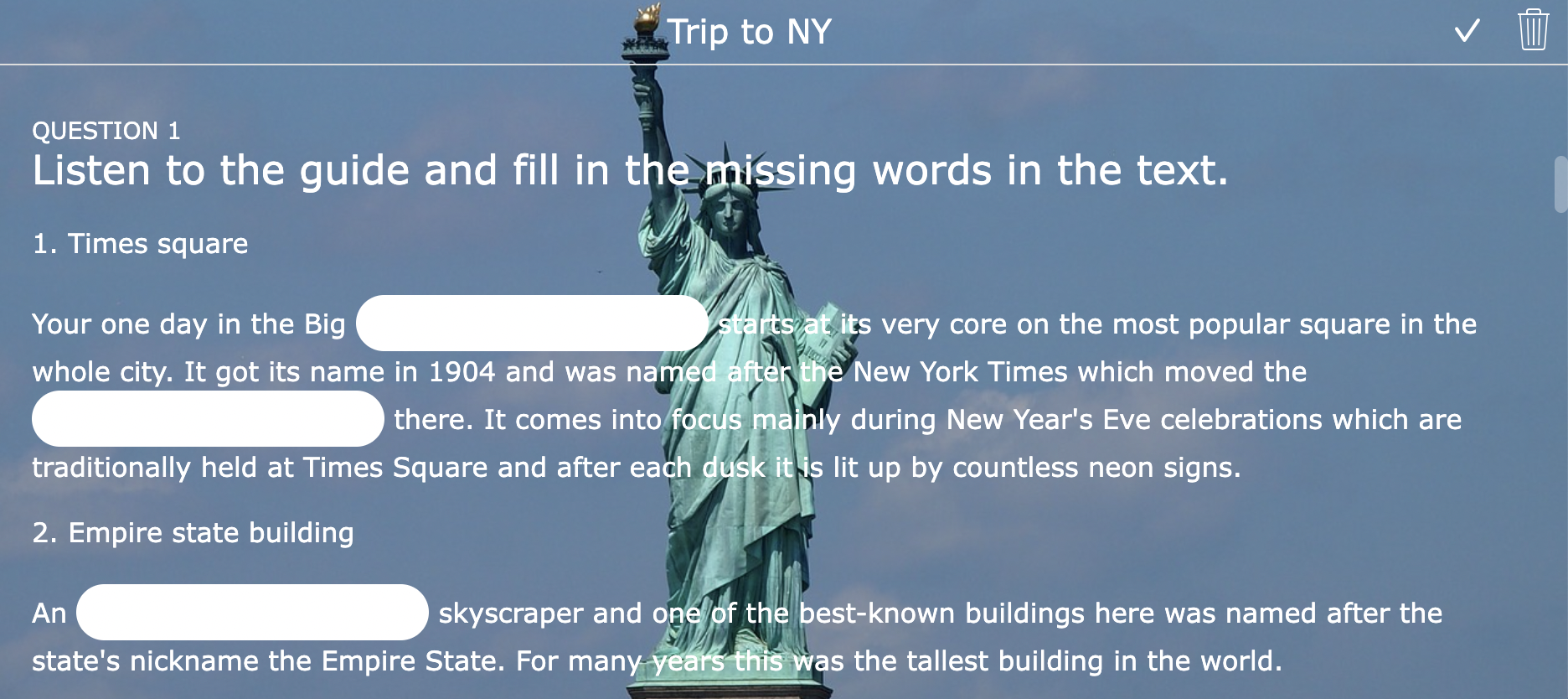
- With an Annotate Picture question showing a picture related to the site that you’re visiting, students will be motivated to find the keywords. The subject matter is thus immediately assimilated.
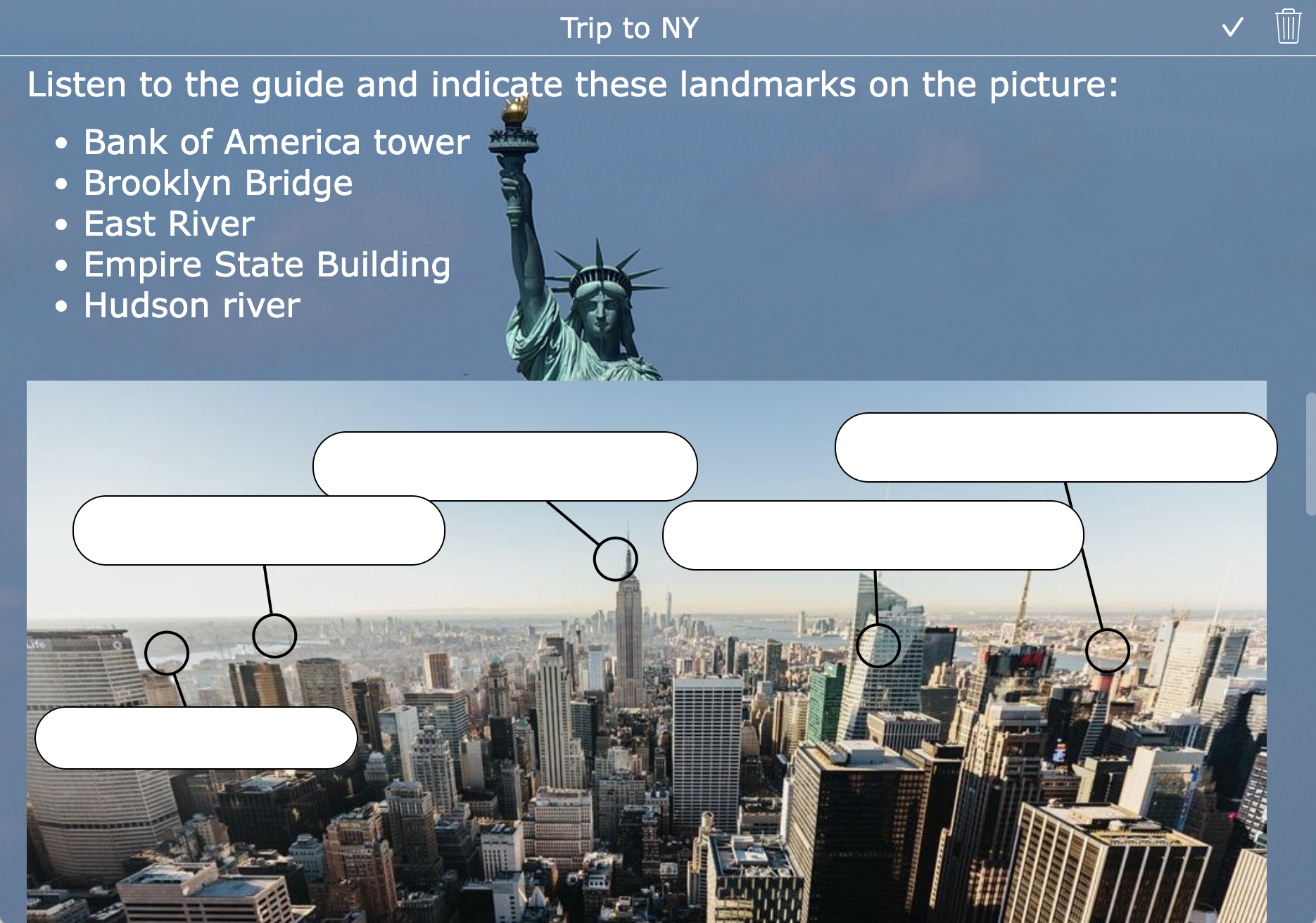
- The Whiteboard question allows students to take notes or make annotations, or just draw things. As a teacher, you can add a background image if desired. For example, show an old photo of a building that has been damaged and ask students to point out the damage on the photo.
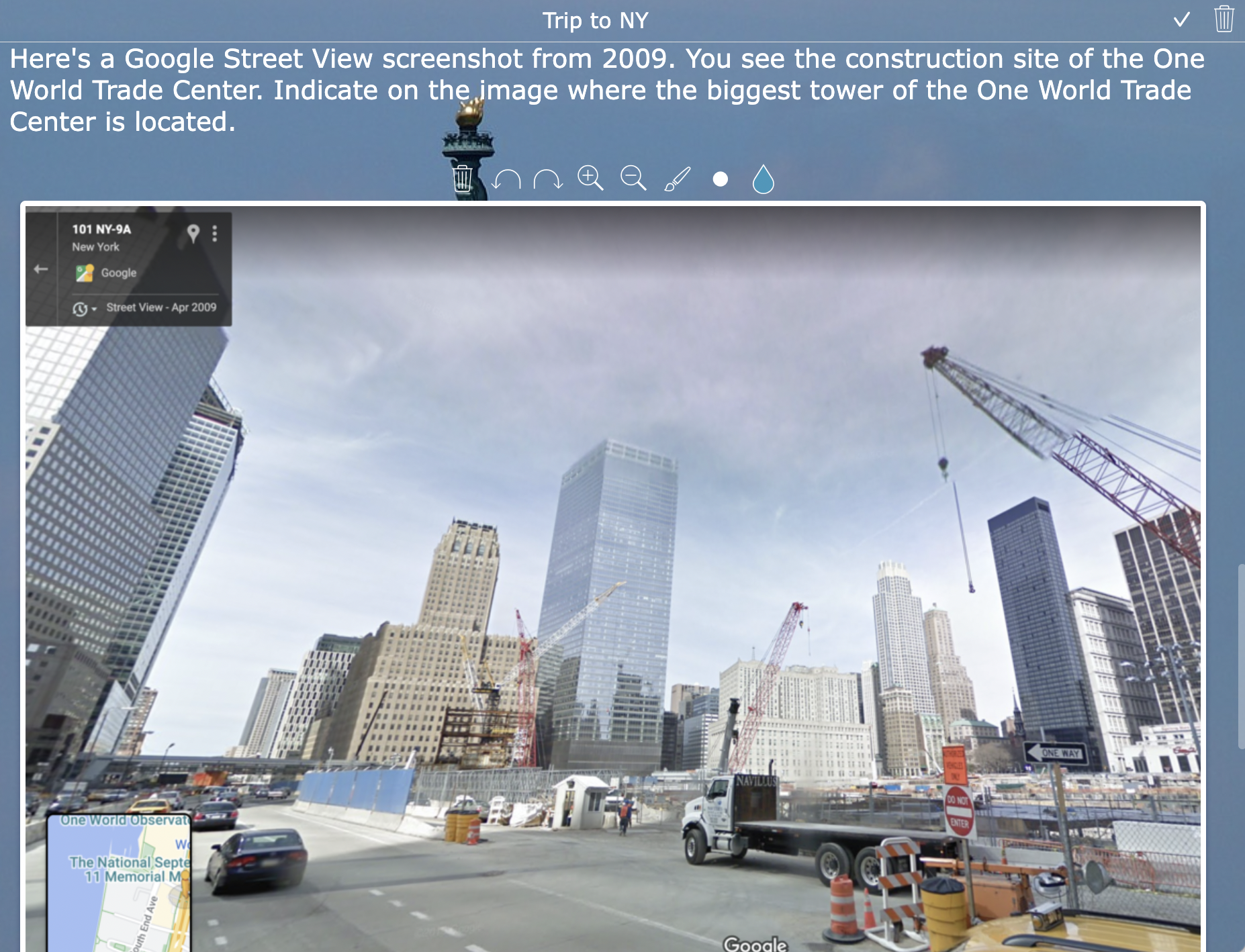
- Use the Photo question to be sure your students see or look for certain elements, e.g., special architecture, animals, detailed parts of a piece of art, examples of urbanization …
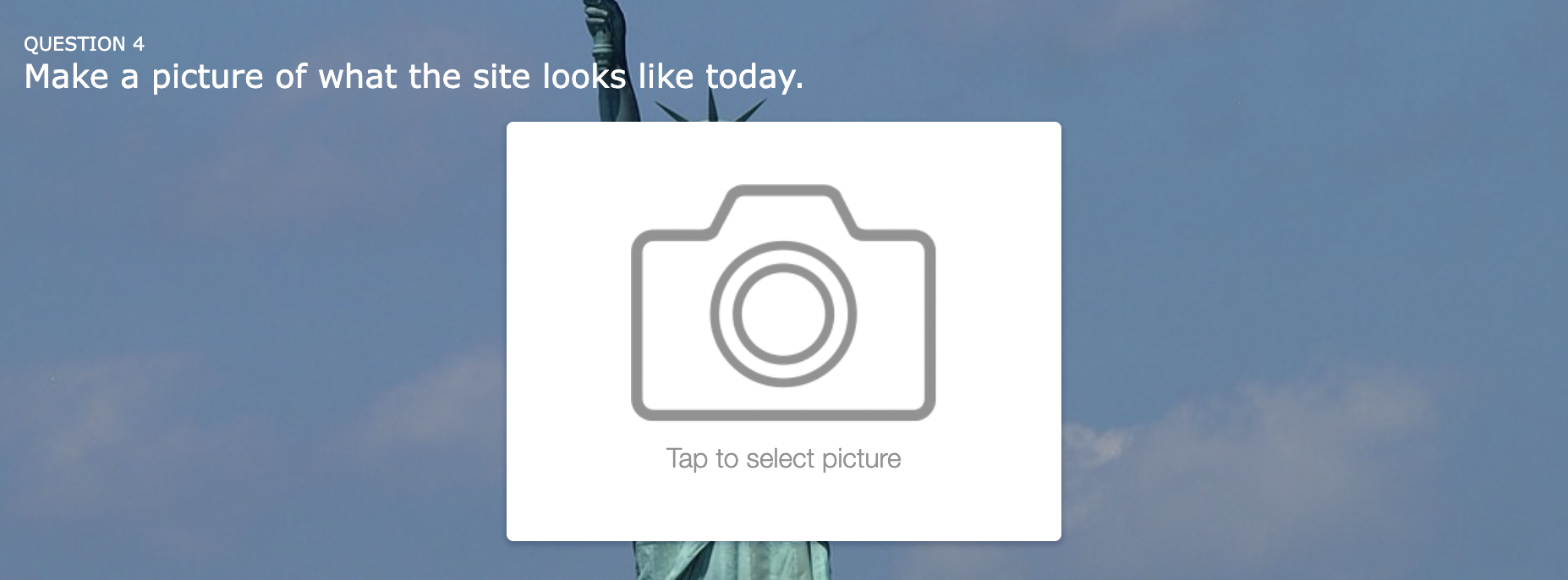
- Do you want your students to do street interviews with locals? Use the Audio recording question.

Click here to see the complete sample Worksheet for a school trip to New York, combining all these question types.
For more inspiration, here are two great examples:
- A worksheet for a visit to a science museum made by Puerto Rican Teacher Samuel Luis Caraballo.
- A worksheet for a visit to an art museum made by Belgian Teacher Isabelle Fievet.
Make the trip fun and engaging with other widgets (Timeline, HotSpot, Bingo, …)
With nearly 40 different widget types available, BookWidgets allows teachers to go beyond quizzes and worksheets for field trips. Here’s a selection of other widget types that can make learning more engaging, interactive, and fun:
Timeline widget
For World History, students need to place events in the proper historical context. A Timeline widget makes this very concrete and interactive.
HotSpot Image widget
When students do the field trip individually or in small groups without a guide or chaperone, a HotSpot widget is an ideal tool to support them in their exploration.
Randomness widget
To form random groups the Randomness Widget is the perfect tool.
Bingo widget
The Bingo widget is ideal for having students search for specific elements, or just to make the field trip more fun.
Game Widgets
Other games, like Puzzles, Pair matching, and Crossword puzzles can be a fun way to engage with the field trip topic, especially during a long bus trip.
How to continue the learning process after the field trip
Reflect on the field trip with an Exit Slip
An exit ticket - also called exit slip - is a sheet of paper or, in BookWidgets’ case, a digital widget with questions that each student answers individually at the end of a lesson… or a field trip! Exit tickets are short and simple but provide great feedback. They usually can be completed in less than 5 minutes, so you could ask students to do it right away on the bus ride back to the school.
To find some other great examples of exit slips for field trips, check this folder.
Share photos from the field trip with students and parents
Looking for a way to caption some pictures from the field trip and then share them with students and parents? The Image Carousel is what you're looking for!
Formative evaluation
Field trips are often a fun outing for students, but of course, the goal is for them to learn something from it as well. In the days following the field trip, you can go deeper into all their experiences in class, followed by formative evaluation. In this blog post I'm not going to go into that in-depth, but be sure to check out our extensive blog post on formative evaluation with BookWidgets if you want to learn more about this topic.
Bonus: organize virtual field trips with BookWidgets
During the pandemic, of course, field trips were not possible. However, many creative teachers organized virtual field trips. At the time of writing, real-life field trips are possible again, but these virtual versions are still very useful: they allow students and teachers to visit interesting places around the world (and beyond) for free!
Create your own virtual field trips in BookWidgets
Can’t go on a real trip? No problem. Create a virtual field trip experience right from your classroom. BookWidgets allows you to combine multimedia, interactive tasks, and web content to simulate a trip anywhere in the world.
Time travel with the Before/After Widget
Of the 40+ widget types in BookWidgets, this is one of the simplest, but at the same time perhaps one of the most powerful. Show two photos of the same location at two different times and your students will immediately see the evolution.
Have a detailed look at buildings or objects with the 3D Widget
If a picture is worth a thousand words, a 3D image might be worth a thousand books. By letting your students work with 3D objects themselves, they can analyze them from any perspective, which will definitely motivate them!
Embed Google Street View in a Split Worksheet
Google Street view allows you to visit almost any public place in the world in 360°. You can even use it to virtually visit certain museums and national parks. And the good news is that it is perfectly possible to embed Google Street View in BookWidgets, e.g. in a split worksheet! Read more about integrating tools like Google Street view into BookWidgets in this blog post.
HotSpot Image or Google Maps Widget
Earlier in this blog post, I already explained how the Hotspot Widget can be useful when students do the field trip individually or in small groups without a guide or chaperone. Guess what? It also works great for virtual trips! Just add a background image of a map, site, or building and add different kinds of interactive links (hotspots) on the image! Or apply the same idea on a Google Map, so students learn to locate the main buildings and characteristic places of a city.
A selection of great existing virtual field trips
There are countless virtual field trips available online, so I’ve curated a selection of five that are particularly well-designed and educational.
- Interactive tour of Ellis Island: "Welcome to Ellis Island! More than 12 million immigrants made their first stop in America at the Ellis Island Immigration Station between 1892 and 1954." Discover its story in 10 steps with pictures, facts, charts, and more!
- The hidden world of the National Parks: Kayaking through icebergs, flying over an active volcano, riding horseback through a canyon, or swimming through one of the world's largest coral reefs... all that is possible on this interactive website.
- The Nature Conservancy's virtual field trips: "Travel the world and explore natural environments without leaving the classroom". The website offers 10+ virtual field trips, all with videos and teacher guides.
- Virtual tours of the Louvre Museum: The famous art musuem has great content for virtual visits. Be sure to check out the Petite Galerie exhibitions, Louvre Kids and Mona Lisa: Beyond the Glass, a great VR App to learn more about the famous painting.
- Smithsonian National Museum of Natural History Virtual Tours: Explore the museum’s iconic exhibits from anywhere in the world. Walk through the Hall of Fossils, the Insect Zoo, and the Ocean Hall with detailed images and interactive elements.
- NASA Virtual Tours and Apps: Take a journey through space and science without leaving your classroom. Explore the International Space Station, Mars Rover operations, and planetarium experiences through videos and immersive content.
- The British Museum Online: Discover thousands of artifacts from around the world. This interactive site allows students to virtually explore galleries, examine historical objects in 3D, and learn through multimedia guides.
- Monterey Bay Aquarium Live Cams: Observe marine life in real time. Students can watch sea otters, jellyfish, and coral reef habitats through high-quality live streams, perfect for sparking curiosity about ocean ecosystems.
- Google Arts & Culture: Virtual Venice: Travel through Venice’s canals and historic landmarks online. Explore museums, palaces, and local traditions with interactive 360° tours and engaging stories.
- 3D videos on YouTube: visit a city like London or New York. Listen to the ambient sounds, look around (by moving your mouse), and really get the feeling that you are on the spot.
Wrap up
We hope this field trip EdTech guide gave you practical ideas to make your outings more interactive, educational, and enjoyable using BookWidgets. Whether you're planning a real-life excursion or organizing a virtual tour, the right tools can turn a fun day into a powerful learning opportunity.
Want to use the examples from this blog post in lessons? Join this BookWidgets group.
Are you organizing your next field trip and thinking about using any of the ideas in this blog post? Or did you try a virtual field trip and do you want to share your experience? Let us know on Twitter! - @ibookwidgets
Or share your best practices for field trips in the Teaching with BookWidgets Facebook group so that in turn, you can inspire others!
Have fun!
